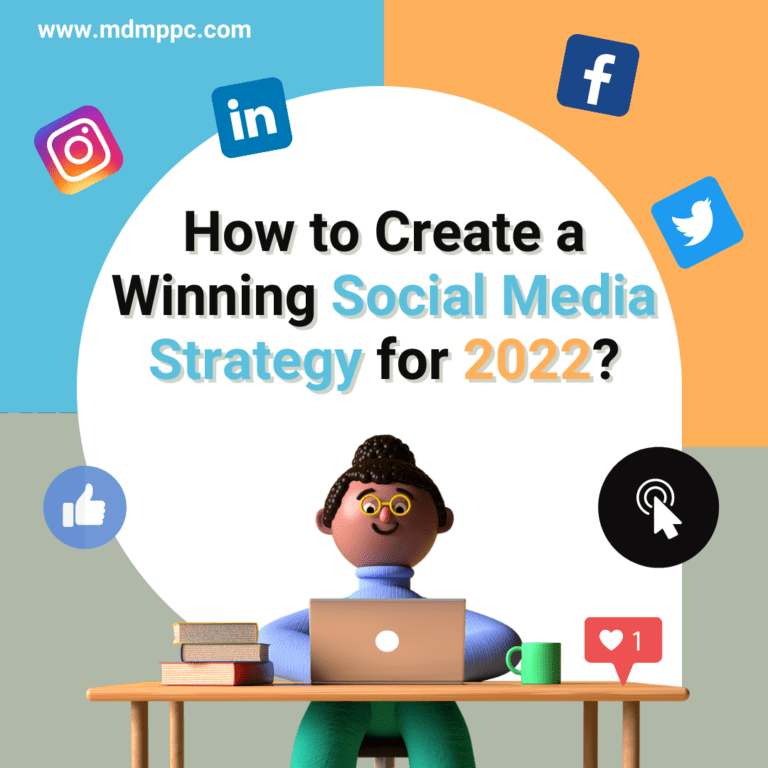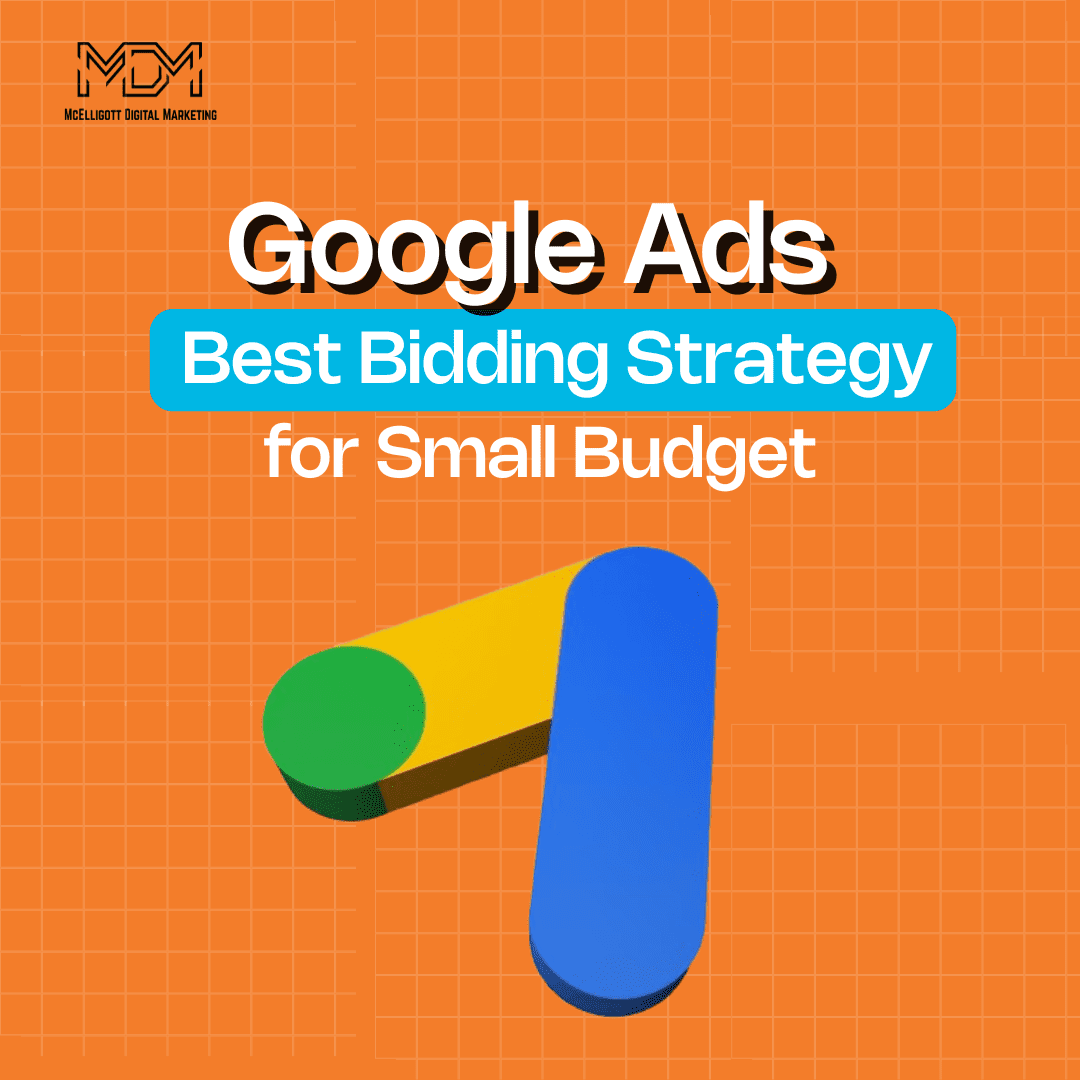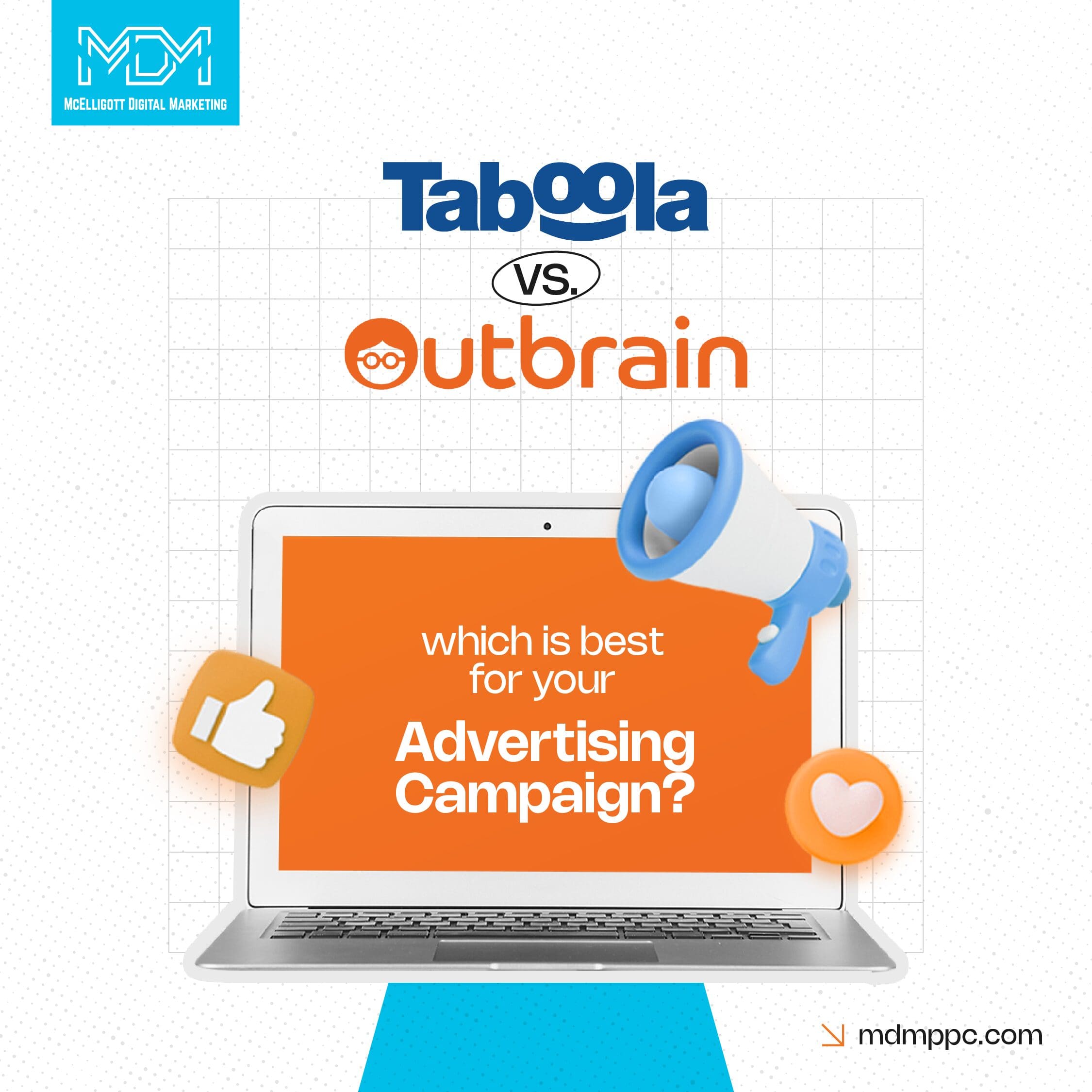Social media strategy is a comprehensive plan to help you grow your business through social channels. It also allows you to measure the results from your social networking- whether it’s a failure or a success.
But here lies the problem. Once your click opens your Instagram or Twitter, chances are you’ll catch in a flurry of social posts, of infinite niche. This can be quite overwhelming, even for the people experienced in devising social media strategies.
All businesses, big or small, need a social media strategy in 2022, especially those who don’t have a social media management team at their disposal. To perform well-across the social media channels directly means more traffic to your website and more trust-building for your business.
This blog will help you move past the ‘create a post and hope it does well’ to a well-defined roadmap for building a winning social media strategy.
1. Set Relevant Social Media Marketing Goals
What is the most common mistake repeated by most businesses in terms of their social media management?
They know they have to do ‘something’ about their social media, and they pass on the buck to achieve that ‘something’ on the beginners because it’s a common notion that the young would be more familiar with the changing social media features and trends.
And here lies the mistake- not devising relevant and measurable social media goals.
Your social media strategy should fit into your business, and the goals to be achieved by that social media strategy are complementary to the overarching business goals of your firm.
But why even talk about goals? Why not just build a social media profile across all channels and go posting random content?
The answer is your goal will dictate the overall social media strategy, and it must align with your business achievements. It will also help you build content for different social profiles. Let’s make it easier for you with the SMART formula!
Further, you can’t measure the return-on-investment(ROI) and success of your social media campaigns unless you have a clearly chalked-out set of objectives and goals. And a SMART goal includes:
- Specific
- Measurable
- Attainable
- Relevant
- Timely
Here’s an example of a SMART goal.
We will use LinkedIn to connect with the industry pioneers and to build a community for our customers.
One thing to give a special note here is to chase ‘realistic’ goals. That means the stats you want to reach in a given time(say one year) sound convincing and achievable to you.
Like we mentioned in the very beginning, social media is flooded with content, and it could be overwhelming at first sight. So it’s important to focus only on those channels where your customers are spending time.
2. Study Your Audience
Buyers’ persona is a real thing. It helps you determine what exactly they are interested in. If their needs and problems are similar to the services you’re providing, they are the best suit for your social media followers.
Here are a few things which you should know about your audience:
- Age
- Gender
- Location
- Occupation
- Average income
- Hobbies
- Typical job title or industry
- Interests
Your social media followers are real people with real challenges and demands. So there’s no point in inflating the number of followers on your Instagram or Facebook, just to brag a long followers list. It doesn’t stop here. Many businesses even go on to spend their money on inflating followers lists using bots!
Are they ever going to engage with you on social media? Are they going to build trust among your social community for your brand?
Hell no! Remember, your followers on social media are your potential customers. And you have to build your social media strategy to target and engage them across the social channels.
3. Learn about your competitors
You want to have the edge over the others, putting it straight, an edge over your competitors. So, what could be the best way to have it? From where we see it, learning from your challengers is entirely different from what others call stealing or copying, and we must learn from our competitors.
Spotting the strong and weak realms of the major competitors and molding your campaign accordingly is a way forward to flourish.
For instance, suppose your major competitor X is very active on Meta but somewhere lags or weaker on other platforms; you can use this void to increase your foothold on platforms other than Meta.
A competitive analysis shows you where the competition is and will help you to spot your opportunities. Closely analyzing the trends and shifts undertaken by them and shaping yourself better and faster has the potential to make you second to none in your field.
4. Choose the right social media channels to connect with your audience
There is an abundance of channels, and you might be somewhat overwhelmed and somewhat confused.
But wait for a second, can just superabundant presence get you your prospects? You might be stuck as to which social media channels to connect with your audience.
For several businesses, Facebook and Linkedin serve their interest best. For B2B business companies, Linkedin is best, and Facebook has more of a B2C focus. Pinterest and Instagram have the potential to serve eCommerce businesses. Having limited channels would be good because you will be able to give attention to each one.
Apart from all these, observe your audience what they want and talk about the most and then sideline the rest.
Look at research by Pew, which has collected valuable data on the use of different social platforms by demographic groups, which can help in choosing the right social media channels.
5. Select the right success metrics
Let’s jump straight in.
How can I evaluate, track and monitor my interactions and, most importantly, how successful I am on the social platforms which I use? These questions leave businesses pressing even after successfully setting Twitter pages, Facebook accounts, and Pinterest banners.
We’ve got you three working metrics to measure the success of your social media campaigns:
- The volume of the conversations– Volume signals the interest of the audience. You are advised to track the volume of messages about your brand and the number of people talking about your brand or campaign. Higher volume means more people are talking, which also tells the level of your engagement.
- Social media reach– Reach measures the potential audience size. It tells how far your content is disseminating and helps you to increase brand awareness among the mass.
- Engagement– An engaging content attracts a greater audience and thus increases your reach. The content you create on social media is both shared and replied to in the comments. Twitter retweets, shares, and posts tell you who is sharing, and comments, likes, and replies tell your audience wants to connect with you. Now you decide what you want to focus more on, starting an interaction or spreading a message?
6. Optimize your social media profile
Tell me do you believe your first impression is your last impression? And even if it doesn’t become the last impression for your customer, the first impression matters.
Possibly, your social media is the first encounter that someone is going to have with your brand. So, having a good profile adds to your online exposure and reputation.
From choosing the correct color combination to short but delivering statements and from good logos to correct login name, everything should be well planned.
Now, how can you optimize your social media profile?
- Ensure all fields are correctly filled.
- Use keywords people would use to search for your brand.
- High-quality images and a good color combination of both background and logo
- Short but delivering statements
7. Humanize your content
Uniqueness will always be an important core pillar to marketing and marketers but still drawing inspiration, and that too in social media marketing is equally important.
To mention the stats, one-third of the advertisers benefit from running campaigns that are associated with the ‘emotions’ of their consumers. While 16% of advertisers report success by running campaigns appealing to the rational side of the people.
This reinforces the fact that only people go more for their heart than their head while making buying decisions. Adding a human element to our social media content fosters a long-lasting relationship based upon trust in your brand.
This image tells the crux of the above:
Here’s how to humanize your content:
- Draw out inspiration by telling success stories
- Make sure to carry forward the idea of your brand not merely as an entity but as a person.
- Create video content featuring your workers sharing their experience or ‘how-to-do’ in their real working environment.
- Relate to the ‘pain points’ of your consumer and then tell how your product eases that problem.
- Make your social media content to educate and ‘help-out’ people, rather than selling all the way.
- Engage in conversations with your users and even competitors, but that too in a healthy manner.
- Add humor to keep things light and fun.
- Acknowledge mistakes and apologize when called for.
8. Create a Content Calendar
After you have set up your campaign, learned about your contenders, chosen the right success metrics, and well-groomed your profile, it’s time to schedule your posts, images, or links for the right time, and here the calendar comes useful.
Having a social media content calendar saves your time and ensures that your images, blogs, videos, or any other stuff are posted at the perfect time.
Now, what would your calendar look like?
Your content calendar shouldn’t just strictly plan what you want to post. It should effectively plan when and where you want, as well as how much time you are investing in doing it. Your content calendar strategy should be in line with the actual motive of your mission or should reflect the same.
It might help you decide-
- 50- 60% of your content will bring visitors to your website.
- One-fourth of information might be from other sources.
- A total of 20% will be dedicated to lead generation.
- Your company culture will account for 5% of the content.
Google Calendar, Asana, and Hubspot are some most preferred content calendar tools which you can use to schedule your content.
9. Create compelling content and Educate your audience
To create compelling content, you have to integrate these three things-
- The social network you’re creating content at
- Objectives you want to achieve with that network.
- Content people expect to see on that network.
Don’t allow the bullets to overwhelm you as they are to make the job easier. Let’s take an example.
You’ve chosen Twitter as the network to offer customer support. Then there’s no point creating brand awareness videos for that network. Instagram launched ‘reels’ to help people create and watch unpolished video content at a time when the culture of short-video content gained popularity.
10. Measure your performance and adjust the tactics
You created a well-thought-out strategy, but when you evaluate the results, it’s not performing as well you anticipated.
It’s time that you test different posts, social media campaigns and see what works for you. And it has to be done all the time. Once you have been continuing testing and gathering data, you can achieve consistency with a particular content type in which consumers show interest.
You can use UTM codes to keep track of your social media efforts, which reports on which content was most successful on which network.
The right combination of channel, content, and connection doesn’t happen overnight. It takes time and the zest to try out different tactics to see results for your brand.
But we get it that you can’t always ‘wait’ to reach your customers. That’s where you want professionals to take care of all your social media marketing needs.
When McElligott Digital Marketing is devising the social media strategy for businesses, the plan and deliverable are more far-reaching. But the thought process we’ve shared will surely help in your social media endeavors.





